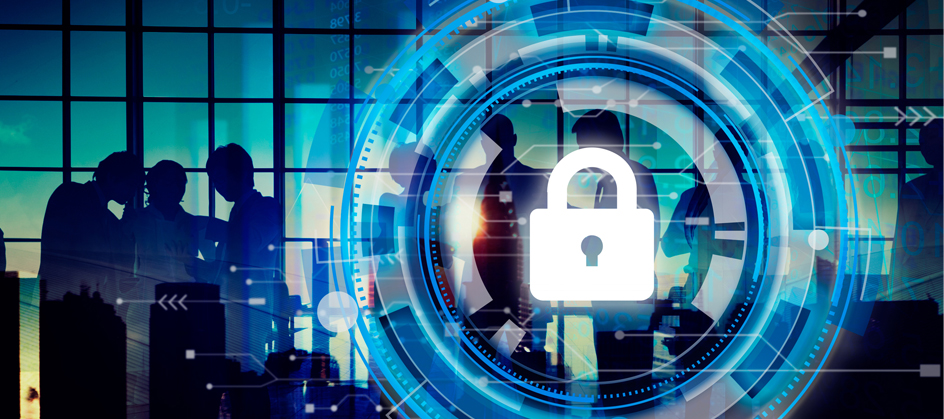Retinal scans. Face recognition. Fingerprint scanners. Spoken phrases. Randomized pins. Those cool full-body laser scanners from the movies. Science fiction has correctly predicted many aspects of how we live in the digital age, including the rise of security practices involving more than one sort of security test or “factor,” called Multi-Factor Authentication (MFA). And while those full-body scanners are still a few years away (and honestly more cool than they are efficient) even our mobile phones now integrate fingerprint scanners and require more than one means of logging in. As criminals get more creative, security must compensate, and soon everything from online games to mobile banking will depend on MFA to ensure even a baseline level of protection.
MFA is a Must
We depend on computers and digital technology far more than ever before, incentivizing cyber-criminals to be ever wilier and more ruthless as they seek to steal our information and undermine our privacy. Even a very strong (and hopefully never reused) password is not enough on its own to discourage such interference. If you think of a malignant hacker as a sort of safe-cracker, each layer or “factor” in MFA creates another lock or tumbler for them to spend time overcoming before they can access their goal. Thus, each extra layer is incredibly useful… but each extra layer creates more data for systems to process, meaning only powerful systems like mainframes are equipped to handle the rising wave of MFA information.
Many Forms, Lots of Data
MFA comes in many forms, but always means a security protocol requiring at least two factors to confirm the user’s identity. The most popularly depicted forms of MFA are biometric scans, where the system recognizes some aspect of its correct user’s person such as their fingerprint, face, or voice. But many systems send users randomized pins to input, while others require the answer to a security question. Even today we are still using Captchas, demanding you “Prove You’re Not a Robot!” by transcribing a series of garbled and pixelated letters. For a long time, these factors were optional and appeared sporadically for online services or systems that were very serious about security.
Today, MFA is becoming more and more popular as software and hardware manufacturers alike realize how necessary it is to provide extra protection for the information of users and businesses alike. Apple’s latest iPhones all integrate fingerprint scanners into the primary interface button, and facial recognition software is becoming popular on systems with 3D cameras. All these systems require information to be stored and exchanged online, and hackers and pranksters have already proven many of these systems can be fooled with simple workarounds. This may mean that more serious systems (like those found securing banking or online commercial information) may require three, four, or even more factors. And each of these factors will create more and more data that needs to be processed swiftly for a seamless digital handshake as users log into their accounts.
Mainframes for MFA
Luckily, the banking industry already relies on the most powerful computers in the world to manage its data. Mainframe processors can handle massive amounts of data incredibly quickly, receiving and confirming MFA information and allowing nearly instantaneous access, all while simultaneously processing the resulting data for analytics to increase security in the future. The rising tide of data is a major issue facing organizations at all levels, with analytics, the Internet of Things, and an interconnected world all conspiring to create a truly massive deluge of data for which forward-thinking institutions must prepare. By embracing the unbridled computing power of the mainframe, thought leaders can reap the benefits of the data surge without stalling. A system prepared for MFA will provide its users with premium security without any strain or slowdown in service.









Very good, concise and TTP summary. Always good to hear from the folks at Rocket.